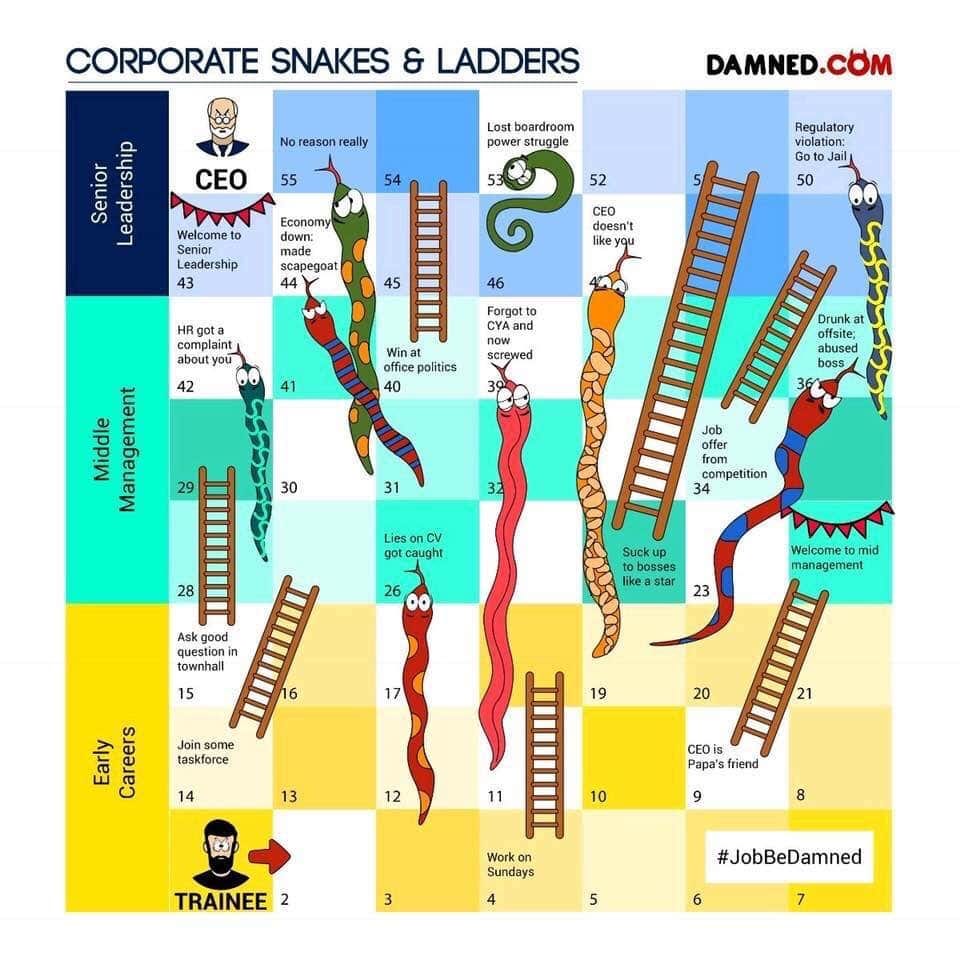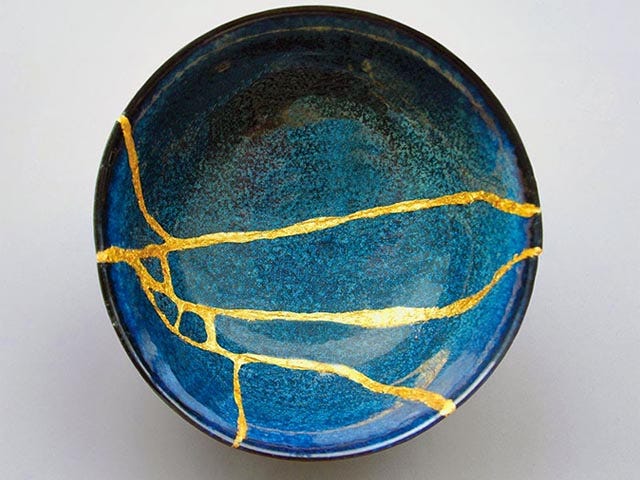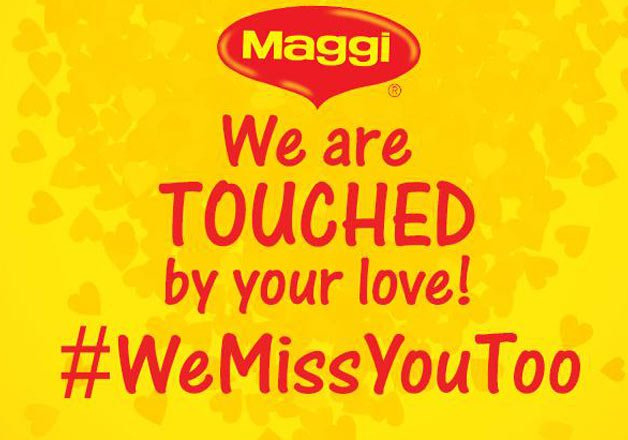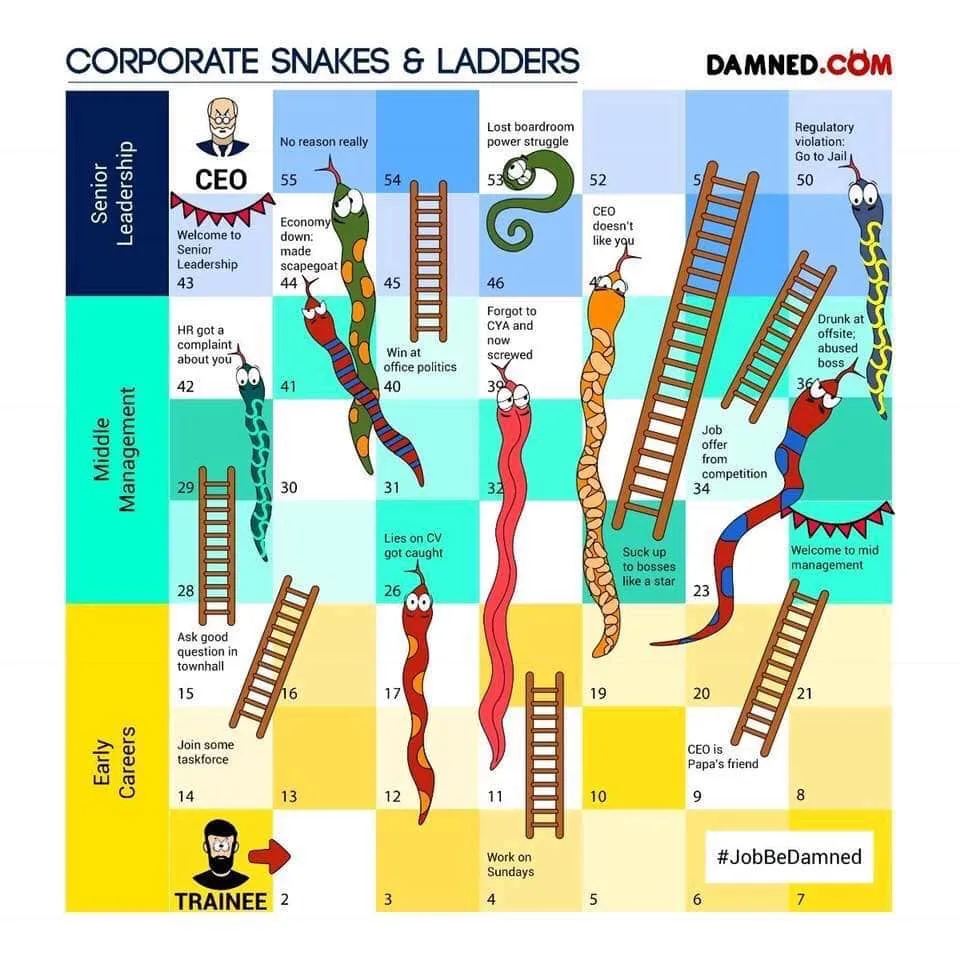Risk or Profit?
My mother was ordering vegetables over the phone. The vendor asked if he should send Tori (Ridged Gourd). She said not to because Tori is not in season. This is risk avoidance behavior.
Strawberries are in season. So, even though they were much more expensive than expected, she ordered them. This is profit-maximizing behavior.
I was a fussy eater as a child. After a few times of having to throw away food, my mother cooked what she knew I would eat. But she also cooked one more dish that she wanted me to try. If I did not eat it, the family ate it anyway. This is risk-minimizing behavior.
Our work and life are made up of a series of big and small decisions. What should we prioritize?
Should we take chances, and make mistakes, but maximize profit ultimately?
Or should we play the safe game, and protect what we have to avoid risk?
Or does the answer lie in taking a measured approach? – maximizing gains while minimizing risks?
A Bird in Hand is Worth Two in the Bush
This 16th-century proverb “A bird in hand is worth two in the bush” warns us against getting carried away by prospects that might not pay off, and avoid risk by staying with what we already have.
Turns out, that this is a feature of human nature and not a bug. Research proves that our brains are wired to prioritize risk avoidance over profit maximization.
“For most people, the fear of losing $100 is more intense than the hope of gaining $150… losses loom larger than gains, people are loss averse.”
Nobel Prize-winning psychologist Daniel Kahneman
Columbia University’s Tory Higgins has conducted research that proves most of us fall into two groups – ‘prevention-focussed’ and ‘promotion-focussed’.
- Those of us who are prevention-focused make decisions to maintain the status quo.
- And those of us who are promoted are ok to take risks that could pay back.
In one study conducted by Abigail Scholer and her colleagues at Columbia, participants invested $5 in a particular stock. Half were told that the stock had lost $9 value (the initial investment and an additional $4). The other half were told that the stock had gained $4 in value.
Then participants were given the option to invest again with two choices:
- Conservative: a 75% chance of gaining $6 and a 25% chance of losing $10
- Risky: a 25% chance of gaining $20 and a 75% chance of losing $4 (this option would nullify the loss in the first round)
The promotion-focused group chose the risky option ~50% of the time, regardless of whether their stock had gained or lost value. This means that we are so risk-averse that even the profit maximizes pick a risky option only 50% of the time.
The prevention-focused preferred the risky option 38% of the time when their stock had gained and 75% of the time when their stock had lost. This means that we are so risk-averse that even those of us who play safe, consciously go against their grain and make a risky move to recoup previous losses.
How does this play out in marketing?
TV Ads Maximize Profit, Packaging, etc. Minimize Risk
For consumers, the decision to buy a brand is built on a series of smaller intermittent decisions — marketers call it the consumer journey.
She (our consumer) takes multiple steps – from learning about our brand to weighing its benefits against the price until she finally purchases it.
The marketer’s job, therefore, is to ensure that we minimize risk for her while maximizing benefits.
Different elements of the marketing mix play different roles in this.
The TV ad helps maximize benefits. It connects her to the brand’s promise at an emotional and visceral level. It paints a larger-than-life image of the brand, creates a world she can become a part of, and promises the health, happiness, beauty, and confidence that she craves. It is this emotional tug that is enough to get her to buy.
The packaging claims, point-of-sale material, and sales promoters – all are designed to minimize risk. Yes, the pack has been sanitized, yes, it has been untouched by hands, yes, it is Decaf coffee, yes there is a discount, discounted stocks are running out, yes it comes with a 3-year warranty… and so on.
Great marketing programs are combinations of both.
Let’s look at some ways brands and employers minimize risk and maximize profits.
Threadless
One way to nudge consumers to buy is to get them to develop the product – we love what we have created.
Threadless is one of the most successful crowdsourced design companies. It does not develop designs but sources them from its users. Users create designs and vote for the best ones.
Threadless produces T-shirts with upvoted designs, markets them, sells them, and shares a portion of the money with the designers.
This model has been so successful, that it has expanded to iPhone covers, wall art, and bags.
Insurance
The insurance industry profits when consumers avoid risk. Ironically, their communication doesn’t mention loss and risk, but instead, paints a picture of life without fear, and reassures potential consumers.
Here are three interesting ways to position insurance as a “profit or experience maximization” service.
Hedvig: The Hedvig spots focus on a life free from materialism. The spots show that everyone should be able to say ‘it’s just stuff’ when the TV breaks or a suitcase gets stolen. (because of course it has been insured by Hedvig).
Churchill: Churchie (the brand mascot), effortlessly rides a skateboard through the streets — Churchill wants its customers to feel as relaxed and live a life that is worry-free and smooth.
Admiral: Admiral shows that its products make consumers’ lives easier by offering a simple solution in a complex world.
Zappos
If candidates are not a good fit with the Zappos Family Core Values, they don’t get hired. No matter how professionally capable they might be.
Zappos minimizes risk as an employer by offering $3,000 (4 weeks’ pay) to potential employees to decline the job offer after one week of their training.
If candidates have blended in, they don’t accept the money. According to the late Tony Hsieh, the founder, only 2% to 3% take the offer.
This article on how Zappos hires is worth reading. https://www.zippia.com/employer/zappos-hiring-for-culture-and-the-bizarre-things-they-do/
Advantageous Divergence
Having said this, what should leaders do? Should they make risky moves that maximize profit? What if they fail?
My take? Be strategic. Take a divergent strategy and break protocol only when there is a high likelihood of success. Lafley, the CEO of P&G bet big on Tide Pods. The pods took 12 years to perfect and failed in consumer research along the way. But Lafley continued to invest in this innovation, knowing that if it succeeded, it could deliver a huge upside for the company.
When they were finally launched, Tide Pods disrupted the laundry detergent industry and created a new premium segment of all-in-one dose detergents. They generate over $1.5 billion in annual sales. And P&G holds a 78% share of the category.
Arguably, had the Pods launch failed, Lafley’s legacy might have been less squeaky clean.
Fail Spectacularly, But How You Fail Matters
Even failing spectacularly can have benefits. But it depends on how we fail, and where.

Failing as a startup founder is a feather in the cap while interviewing for jobs in Silicon Valley because it signals entrepreneurial drive and creativity.
Steve Jobs is a shining example of failing spectacularly and then coming back to change the world. He learned from his failures and then succeeded beyond everyone’s wildest dreams.
For some others who failed publicly and spectacularly due to fraud or malpractice, it will take a lot more to make a respectable comeback. Elizabeth Holmes was the world’s youngest self-made female billionaire with a net worth of around $4.5 billion. She fell fast and hard when it was discovered that the needleless blood-testing diagnostic technology she was selling was unproven and flawed.
Adam Neumann, the CEO of We Work, successfully created a cult of ‘we-dom’ – a community that believed in the kumbaya of working in a ‘physical social network’; he successfully got billions of investments, but was unsuccessful in delivering profits. His fall from grace was spectacular. But he has managed to claw his way back
Kintsugi
No matter what we do, loss and risk are a part of life. As we fight, we get bruised and cracks show. Let’s not fight it. But instead, embrace it.
That’s what the Japanese idea of kintsugi is all about. Kintsugi is when cracks in broken pottery are repaired with Gold. It is an act of celebrating those cracks, instead of trying to hide them.

Cracks represent wisdom earned from experience; just like the furrows on our foreheads… and our laugh lines.
The measure of a Life Well Lived
Our life – work and personal, is all about balancing profit and risk. We invest time, emotions, and finances in some relationships, jobs, and activities over others, hoping to gain a feeling of community, love, learning, respect, well-being, and of course a healthy bank balance in return.
In the end, a life well lived is one where we end up with net gains.
The problem is that our life’s balance sheet is subjective – our life cannot be put into a neat little equation of assets and liabilities. So how do we define and measure the net gains of our life?
The psychiatrist Robert Waldinger has answered this question for us. He ran the world’s longest study – The Harvard Study of Adult Development. He has followed the lives of 724 men to study what makes a life well lived.
The conclusion? It’s not fame, money, or designations, but the strength of relationships that determine health and happiness at the end of our days. The men who had invested time and mind space into people, and had built relationships they knew they could count on when things got rough, were happiest and healthiest in their 80s.
See the famous Ted Talk here.
In the same way, it is very easy to analyze a brand’s health or equity via numbers – sales, distribution, loyal consumers, returning users, time spent on the website, bounce rate, etc. We have millions of metrics by which to know if the brand is healthy. But the real measure of the strength of a brand is the passion consumers feel for a brand.

The queues outside an Apple store when a new iPhone is launched. The Maggi-love demonstrated when Maggi was out of circulation in 2015. The $1 billion Taylor Swift Eras tour which boosted the economy by $1 billion! All these are examples of the strength of great brands.
The Gambler
Too much of everything is bad. There is a thin line between profit maximization and gambling. Gamblers play out of desperation, not a well-calculated risk-taking ability.
One of the most famous risk-takers in recent memory is JP Morgan’s “London Whale,” Bruno Iksil, who doubled down on a losing bet rather than admit his losses and cost the bank over six billion. When Iksil’s calls and emails from that deal were analyzed in court, it was concluded that his state of mind was not one of confidence in well-calculated financial algorithms, but desperation.
That’s the life lesson Kenny Rogers gives us in “The Gambler”.
You’ve got to know when to hold ’em, know when to fold ’em,
Know when to walk away, know when to run.
You never count your money when you’re sittin’ at the table,
There’ll be time enough for countin’ when the dealin’s done.
